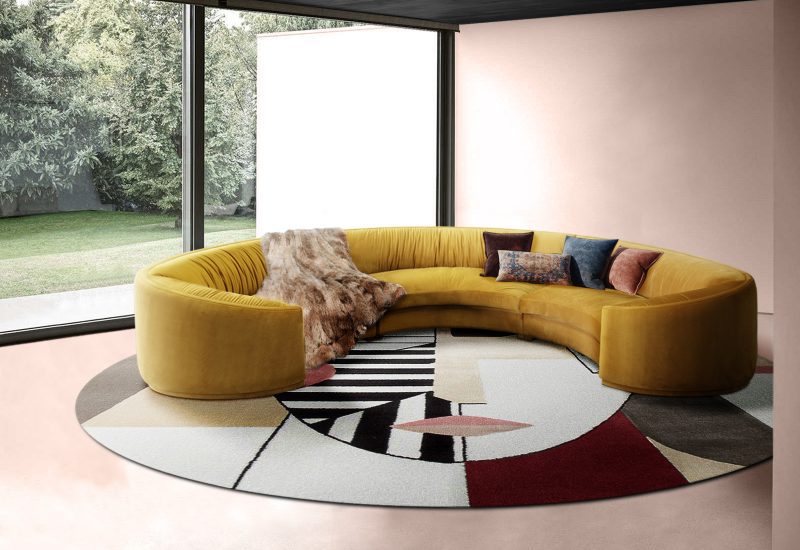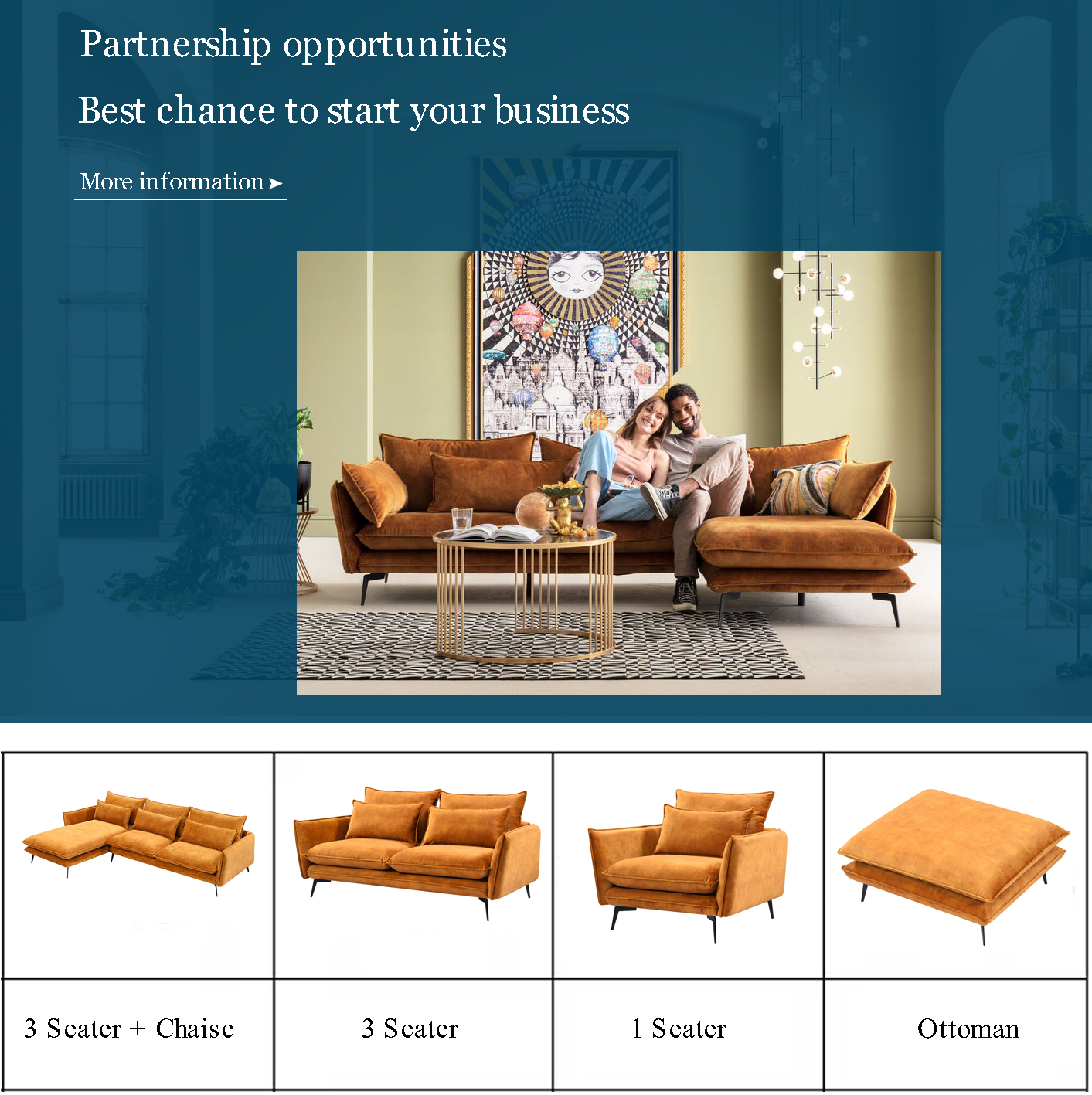Title: Mastering the Art of Sofa Sales: Techniques and Conversational Tips
Sofa sales can be a challenging task, but with the right techniques and conversational tips, you can master it. The first tip is to understand your customers' needs and preferences. Ask questions about their lifestyle, budget, and design preferences to help them find the perfect sofa that suits their needs. Secondly, provide them with options that meet their requirements and budget. Offer different styles, materials, and sizes to give them a wide range of choices to choose from. Thirdly, use visuals to showcase your products in the best possible light. Use high-quality images and videos that highlight the features and benefits of your sofas. Fourthly, provide excellent customer service by being responsive, courteous, and knowledgeable. Address their concerns and answer their questions promptly to build trust and confidence in your brand. Lastly, follow up with your customers after the purchase to ensure their satisfaction with the product. Offer support and maintenance services to keep them happy and loyal to your brand. By following these techniques and conversational tips, you can become a successful sofa sales expert and achieve your business goals.
Sales is an art, and mastering it requires a blend of technical knowledge, interpersonal skills, and effective communication. One industry that demands both is sofa sales. The success of a sofa sale hinges on several factors such as understanding customer needs, presenting the right product, and effectively communicating the value proposition. In this guide, we'll explore essential techniques and conversational tips for excelling in sofa sales.
Part 1: Understanding Your Customer

The first step in successful sofa sales is to understand your customer. What are their needs, preferences, and budget? What will they be using the sofa for? Are they looking for a style that matches their home decor or are they open to different options? By understanding your customer, you can tailor your sales approach to meet their specific requirements.
Techniques:
Active Listening : This involves giving your full attention to your customer, asking relevant questions, and demonstrating empathy.
Observation : Pay attention to your customer's body language, tone of voice, and other nonverbal cues that can provide insights into their needs and preferences.
Customer Persona : Create a detailed profile of your ideal customer based on their demographics, behavior patterns, and buying habits.
Part 2: Product Knowledge
To sell sofas effectively, you need to be knowledgeable about the products you're selling. This includes understanding the different types of sofa materials (e.g., leather, fabric), frame styles (e.g., traditional, modern), and features (e.g., recliner, sleeper). By being well-informed about these factors, you can help your customers make informed decisions about the sofa that best suits their needs.
Techniques:

Product Research : Stay up-to-date with the latest trends in sofa design, materials, and features.
Training and Education : Attend workshops, seminars, and training sessions to enhance your product knowledge.
Personal Demonstrations : Offer to show your customers different sofa models and features to help them visualize how they would look in their space.
Part 3: Effective Communication
Communication is key when it comes to sofa sales. You need to be able to articulate the benefits of your products in a way that resonates with your customers. This includes highlighting the unique features of each sofa model, discussing the quality and durability of the materials used, and explaining the overall value proposition of your brand.
Techniques:
Storytelling : Use stories to illustrate the practical benefits of different sofa models. For example, you could tell the story of a family who transformed their living room with a new sofa that improved their comfort and quality of life.
Visual aids : Use visuals such as brochures, catalogs, and images to showcase your products and demonstrate their features.

Social Proof : Share customer testimonials and reviews to build confidence in your products and brand.
Part 4: Handling Objections
No matter how knowledgeable or skilled you are as a salesperson, you're bound to encounter objections from customers. These could range from price concerns to doubts about the quality of your products. How you handle these objections can make or break the sale. By responding empathetically, providing valuable information, and focusing on solutions rather than problems, you can turn potential roadblocks into opportunities to close the deal.
Techniques:
Empathy : Show understanding for the customer's concerns and feelings. Acknowledge their point of view without judgment.
Problem-Solving : Help customers see how your products address their specific needs or problems. Focus on solutions rather than problems.
Closing Techniques
Articles related to the knowledge points of this article:
Title: Renovating a Down Jacket: A Step-by-Step Guide
Title: Innovative ways to store scarves: A comprehensive image guide
Title: 18 Different Ways to Tie a Scarf (With Pictures)



